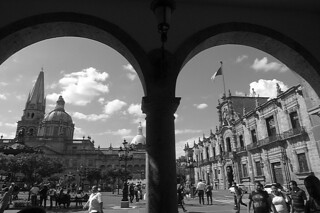 I have been told many times that Guadalajara is the most Mexican of all Mexican cities. Of course, I didn't fully comprehend that statement until I came to Guadalajara.
I have been told many times that Guadalajara is the most Mexican of all Mexican cities. Of course, I didn't fully comprehend that statement until I came to Guadalajara.The city is very pretty, deeply rooted in culture, and the town of Tequila is nearby. For this Filipino guy, it is a complete package!
Guadalajara is almost four hours from San Francisco on the plane. Mijo and I took the red eye flight and we got to Guadalajara before seven o'clock. It was still dark when we deplaned and transfered to a bus to take us to our gate. I guess they do not adjust their time during summer or have DST or day light saving time? We got out of the airport and took a 30 minute cab ride to our hotel in the Centro Historico part of downtown Guadalajara.
The hotel couldn't check us in yet and I didn't blame them. The checkin time is at 2pm and we were just too early. Everything was still closed at 7:30am. Luckily, we found this department store already opened called Sanborns and they have a restaurant. After a quick breakfast, we walked around the centro to get ourselves acquainted with the centro.
Walking Around Guadalajara
Plaza de Armas is in the middle of the Catedral and the Palacio de Gobierno. I've been to several Latin American cities and I just realized that Plaza de Armas is usually where the main square is located. There is even one in Manila.
In the middle of the plaza is this beautiful ironwork kiosks surrounded by seating areas and orange trees. It is beautiful and very engaging. I thought we can kill time around this area for six hours and I was right.
The Palacio de Gobierno has a museum and is free of charge. They do require you to sign in on a log book by the gate.
It has a museum housing several indigenous archeological artifacts and is a good introduction on the history of the city and as the capital of the state of Jalisco.
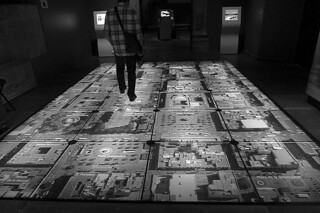
By the courtyard above the stairs you'll find this imposing mural by José Clemente Orozco. The mural is a giant painting of Miguel Hidalgo, the Father of Mexican Independence.
Here is another view of the mural. I had to stop and linger looking at the walls to take all in.
Afterward, Mijo and I checked out the Catedral, or the Catedral Basilica La Asuncion de Maria, on the other side of Plaza de Armas. We got in and noticed that the inside of the church is tiny compared to the massive structure from the outside. We didn't realize that the Catedral is like a duplex. There are actually two churches inside. We first got into the smaller of the two.
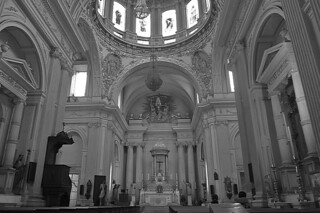
Here is the main church. I noticed right away the difference in size and adornments. The bigger hall is definitely more lavish in style.

Here is the main church. I noticed right away the difference in size and adornments. The bigger hall is definitely more lavish in style.
And the altar is huge. This is the view of the altar from the left side.
Here is the view of the altar from the right side.
There is a crypt below the altar where former archbishops are buried, or at least, that is how I understood it. Most, if not all, inscriptions are in Spanish.
Behind the Catedral is another public space with a round kiosk called La Rotonda de los Jalicienses Ilustres. The park is surrounded by statues of prominent local of the state of Jalisco. I took this picture from Sandy's, a restaurant across the street.
There was a ceremony being held that morning when we came. Lots of police, lots of TV cameras and reporters, lots of important looking people and a band playing what sounded like patriotic anthems.
We continued walking to the right of the Catedral toward Plaza de la Liberación. You can hear the sound of this big fountain from afar.
There are lots of Catholic churches in the centro historico alone. The ones that we had time to visit are Templo de Santa Maria de Gracia and Templo de San Agustin.In the case of Templo de Santa Maria de Gracia, we didn't know it was a church until we got in. We had to walk farther outside to see the dome from the street. If I lived in Guadalajara, I would probably frequent these churches just so that to be away from the hustle and bustle of the city and because it is so calming inside.
Templo de San Agustin is on the right side of the Teatro Degollado. The church has a quaint little garden with a fountain. I am not Catholic but I totally appreciate how absolutely beautiful these churches are.
Behind Teatro Degollado is this bronze sculpture by Rafael Zamarripa in commemoration of the city's founders.
Next to it was this small stage with a cello artist performing.
We walked on Paseo Hospicio and found these sculptures near Plaza Tapatía. The paseo is dotted with shops, cafes and restaurants. The bronze tree sculpture with two lions is called Escudo de Armas.
Nearby is another fountain surrounded by sculptures called La Inmolación de Quetzalcóatl by sculptor Victor Manuel Contreras.
Also on Plaza Tapatía is this long fountain is called Fuentes Danzantes. At the end of the fountain is the Instituto Cultural Cabañas. Unfortunately, the museum is already closing.
We visited the Museo Regional de Guadalajara on Saturday, our last day in Guadalajara. Luckily, the museum is free of charge that day. The building where the museum is housed was built in 1701 as a convent.
The museum contains important archeological finds and art. Lots of pre-Hispanic potteries.
On the second, my favorite is this massive painting called Alegoria de la Orden Carmelita.
We went to the Instituto Cultural Cabañas next. We wanted to go there because of another set of massive murals and frescoes by José Clemente Orozco. An added bonus was the labyrinth exhibition by artist Daniel Buren.
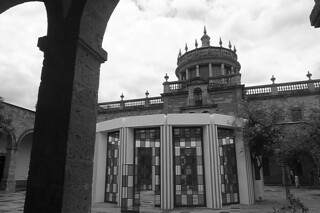
Here is a view of the main chapel or Capilla Mayor from one of Buren's labyrinths.
Mijo and I lingered inside the main chapel or Capilla Mayor just enjoying the massive murals by Orozco.
This mural is called Hombre del Fuego.
Here is another mural in the main chapel.
Here is my favorite mirror labyrinth by artist Daniel Buren.
Plaza de los Mariachis
On the other side of Plaza Tapatía on the end of Avenida Juarez is the Plaza de los Mariachis. This is what I call Mariachi central.
On the other side of Plaza Tapatía on the end of Avenida Juarez is the Plaza de los Mariachis. This is what I call Mariachi central.
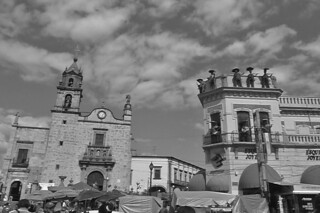
It is like an outdoor food court that has live entertainment. There is a large Mexican population in San Francisco so I am acquianted with Mariachi bands. However, the quality of Mariachi performances and songs in Guadalajara is definitely topnotch. Guadalajara is the mothership of Mariachi tradition, afterall. This place gets busy starting at 3:30pm.
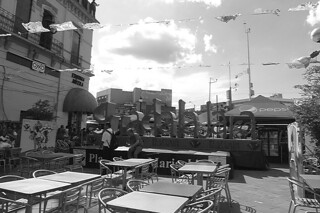
Mijo and I didn't hire a Mariachi band while dining so I don't know the current rate per song. The great thing about eating here is you'll hear the Mariachi songs from one or two tables near yours.
Day trip to the town of Tequila
We took a private tour to the town of Tequila, an hour away from Guadalajara. I learned that Tequila can only be produced from Jalisco and in limited regions in the states of Guanajuato, Michoacán, Nayarit, and Tamaulipas. The blue agave creates a beautiful landscape with a blue hue.
This is the chapel in the heart of the town of Tequila.
Then we went to Jose Cuervo for an introduction to Tequila and also to tequila-taste. There was a short film to show the history of tequila and Jose Cuervo. If we had more time, I would have visited one or two more tequila distilleries. The tour is 100% in Spanish.
The tequila is distilled from the blue agave plants. After several years when the blue agave plants mature, the piñas or the core of the plant that resembles a pineapple. After they are harvested, the piñas are then cooked in huge ovens.
These are the ovens where the blue agave cores are cooked. The smell in the distillery is like opening a jar of molasses which is not what tequilas smell like.
We were welcomed to sample what a cooked blue agave meat tastes like. Delicious and sweet! We were toured inside the distillery and showed us the process of making tequila. They also explained the alcohol proofing and the different types of tequila.
During tasting, we tasted five different types of tequilas with varying smoothness. By the way, we sampled the tequila without lime and salt. Sampling tequila is no different from sampling wines so I was able to apply my little wine sampling skills.
We also dropped by the Tequila Museum and learned more about the history of tequila making. This room contains collection of tequilas through the years.
Special thanks to Ricardo of Amigo Tours.
Tapatio Tours
We also had time to go outside the city center via Tapatio Tours. It is a hop-on, hop-off tourist bus that has four routes. Here are the views of the streets of Guadalajara. Even outside the city center, the city is dotted with beautiful churches and intriguing sculptures and landmarks. As always, the tour is 100% in Spanish.
Here is The University of Guadalajara.
This is the Monumento a los Niños Héroes.
This is the Los Arcos de Mileneo.
Here is the Los Arcos de Guadalajara.
This is the beautiful Templo Expiatorio near The University of Guadalajara.
Misc Foodie
Since Guadalajara is a city, it has lots of dining possibilities. However, Mijo and I decided to stick with Mexican fare. Here are the places we liked.
This is Cafe Madrid on Avenida Juarez. The waiters here wears white polo and a black tie.
We also liked Chai, also on Avenida Juarez. This place is hip and always crowded. They have a buffet breakfast.
I enjoyed the food at the Mercado de Comidas in the town of Tequila. We ordered Pescado Frito or fried fish and Gambas Sarandeada or Shrimp Sarandeada. Delicioso!
They serve good coffee at Tabacchi Cafe at the Holiday Inn Centro Historico.
We found this chocolaterier called Arnoldi. Lots of chocolates to choose from. Do not forget to get their Tequila filled chocolates.
All in all, I enjoyed our short stay in Guadalajara. This trip also reinforced my need to become better in Spanish.
Hasta luego!
~rl

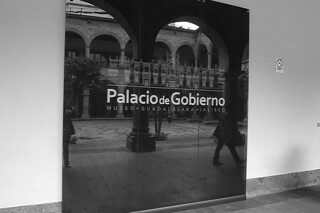
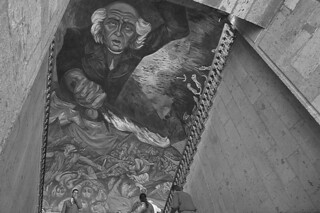

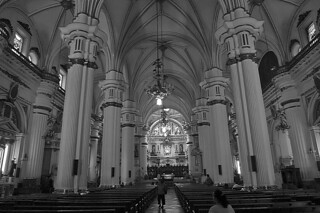
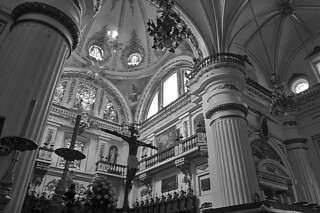
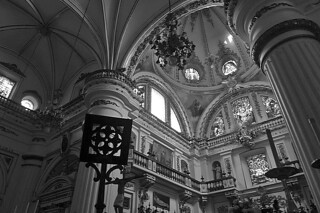
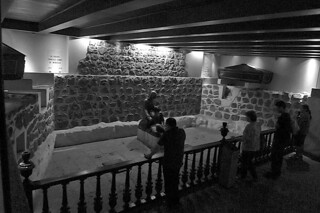

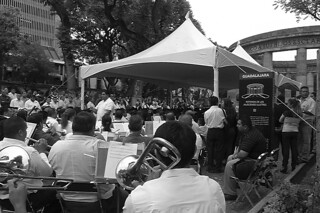
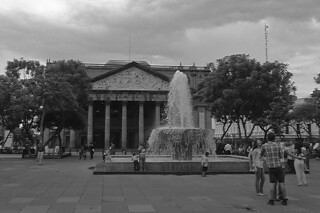
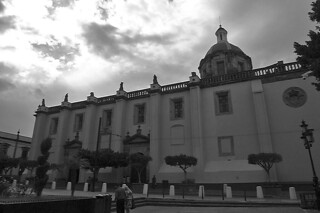

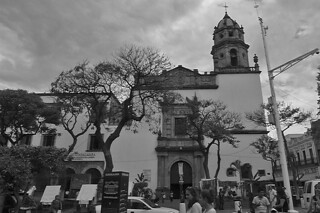
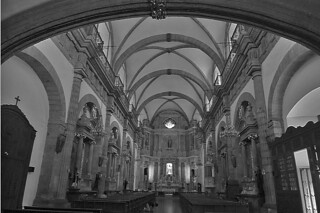
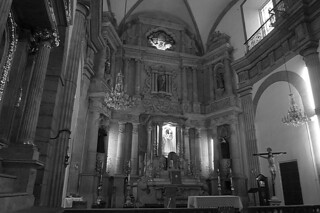

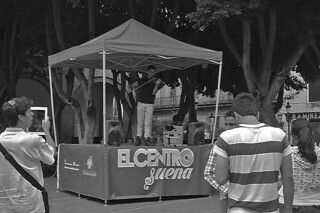
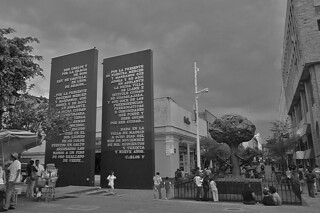
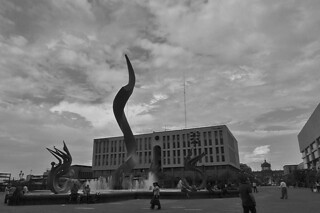
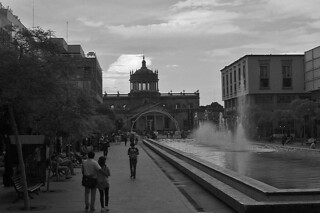
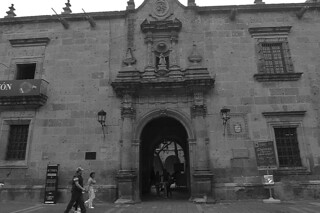
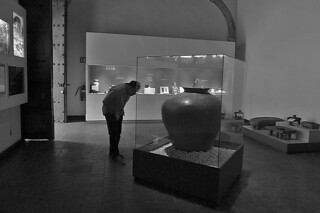
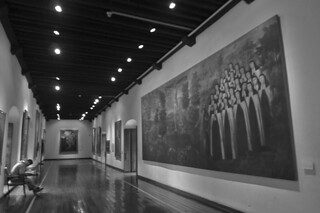
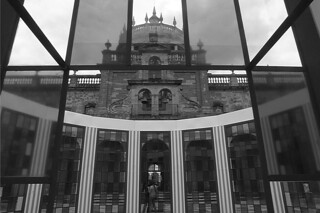
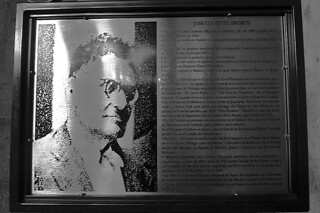
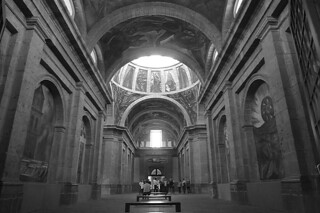
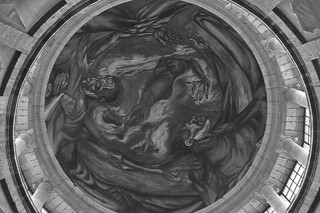
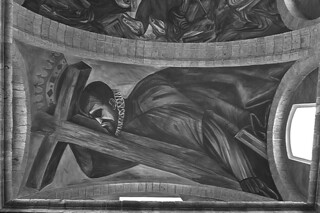
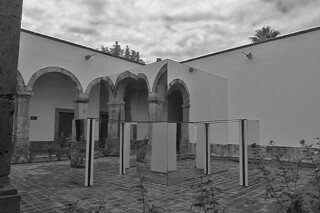
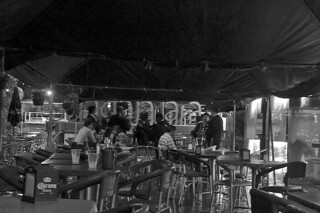
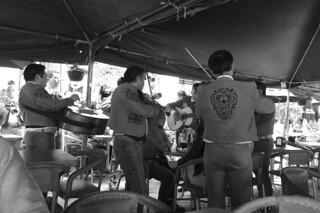
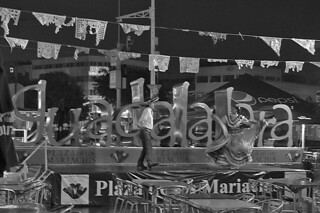
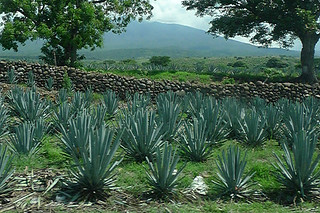
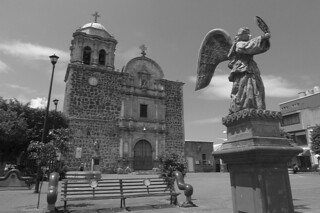

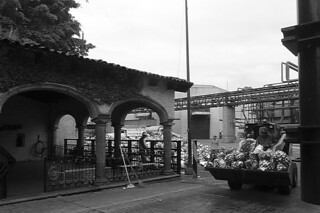
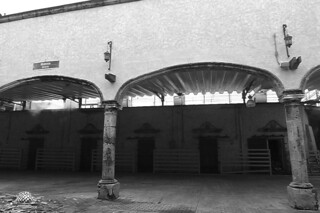
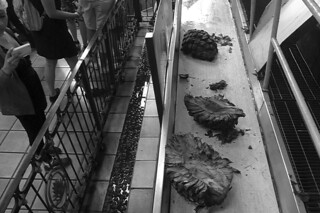

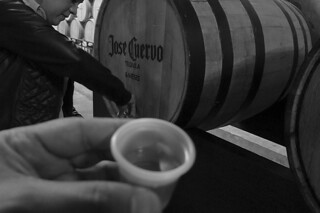

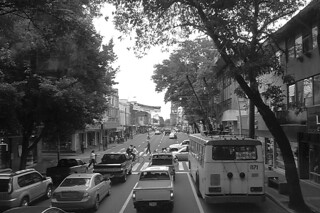
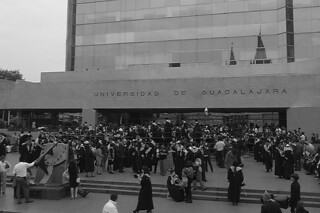
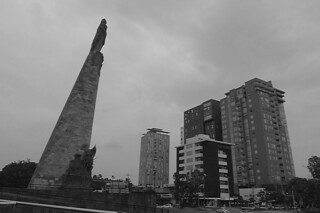
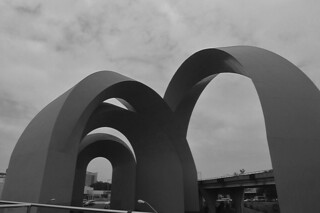
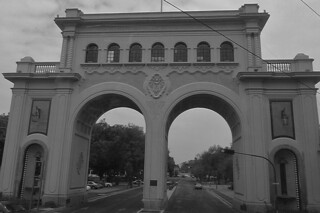
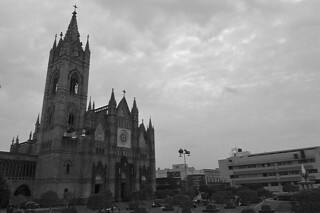
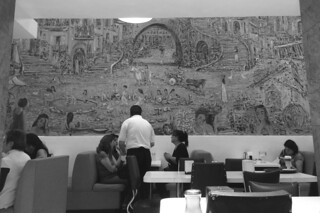
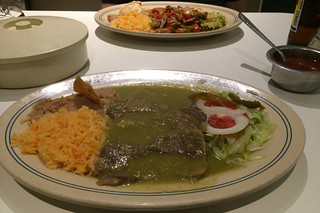
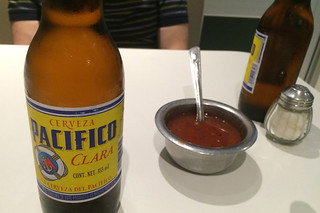
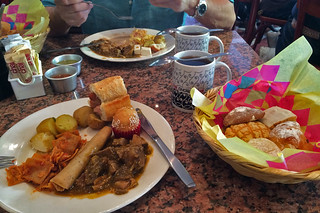
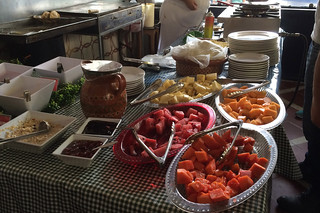
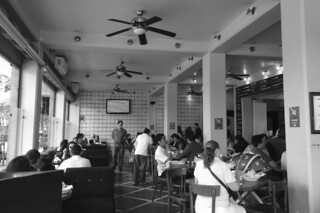
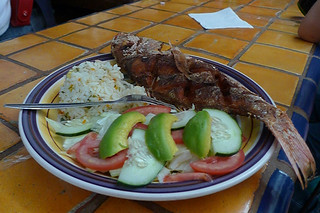
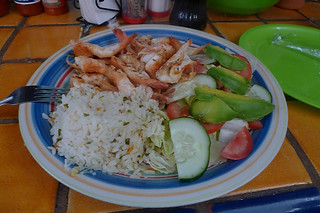

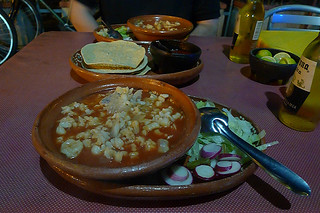
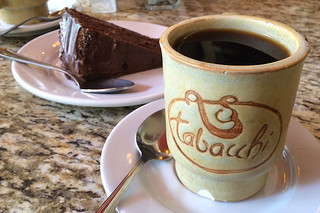
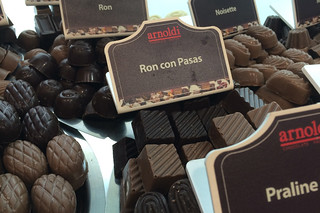
No comments:
Post a Comment